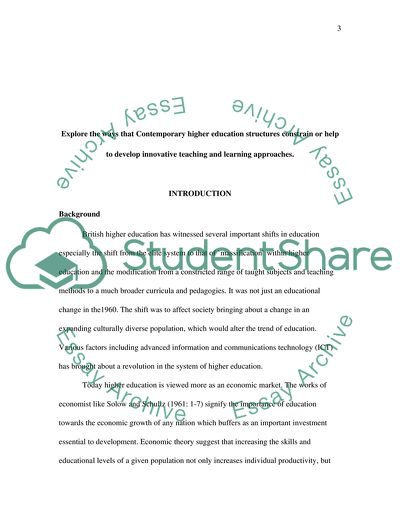Cite this document
(The Ways that Contemporary Higher Education Structures Constrain or Term Paper, n.d.)
The Ways that Contemporary Higher Education Structures Constrain or Term Paper. Retrieved from https://studentshare.org/education/1704958-widening-participation-implies-curriculum-change
The Ways that Contemporary Higher Education Structures Constrain or Term Paper. Retrieved from https://studentshare.org/education/1704958-widening-participation-implies-curriculum-change
(The Ways That Contemporary Higher Education Structures Constrain or Term Paper)
The Ways That Contemporary Higher Education Structures Constrain or Term Paper. https://studentshare.org/education/1704958-widening-participation-implies-curriculum-change.
The Ways That Contemporary Higher Education Structures Constrain or Term Paper. https://studentshare.org/education/1704958-widening-participation-implies-curriculum-change.
“The Ways That Contemporary Higher Education Structures Constrain or Term Paper”, n.d. https://studentshare.org/education/1704958-widening-participation-implies-curriculum-change.


